Day of the Dead: Honoring Ancestry and Embracing Life’s Fragility


Día de los Muertos, or Day of the Dead, is a widely observed festival in Mexico with a long and illustrious history that dates back thousands of years. Unlike Halloween, this vibrant and vital event places a strong emphasis on remembering and honoring dead family members. This blog will examine the history, customs, and traditions of Mexico and other nations around the Day of the Decreased.
In the flicker of candlelight, and the aroma of marigolds, a profound connection comes to life💀🕯️
It’s the Day of the Dead, where the past & present converge, weaving a story of love and remembrance.
Together, let’s celebrate Mexico’s #LivingHeritage: https://t.co/ulvqVzuTr2 pic.twitter.com/2zecwwRSay
— UNESCO 🏛️ #Education #Sciences #Culture 🇺🇳 (@UNESCO) October 31, 2023
A Time-Honored Tradition
Day of the Dead is a Mexican event with a rich history that dates back thousands of years. This celebration provides a special chance to honor life’s transient nature and strengthen our ties to our ancestors. Halloween was formerly a day to fend off evil spirits, but it has since changed and is now mostly a day to respect and remember loved ones who have passed away.


When is Day of the Dead?
Day of the Dead ends on November 2nd of each year, starting on November 1st. On such days, many believe that the souls of the dead return home to be with their loved ones. This special period emphasizes the significance of this ritual by cementing the bond between the living and the deceased.
Who celebrates day of the dead?
While most people connect Day of the Death with Mexico, other nations even those outside of Latin America, also observe the occasion in different ways. The first two days of November are also dedicated to celebrating the festival known as Undas in the Philippines. Filipinos visit the graves of their loved ones and make shrines to the deceased, just like in Mexico. This illustrates how ubiquitous the idea of remembering the deceased is.
What is the Day of the Dead celebrated for?
Day of the Decreased originates from rituals practiced by Indigenous people in the Americas, most notably the Aztecs. To respect the deceased, the Aztecs observed a rite called as Macuahuitl.
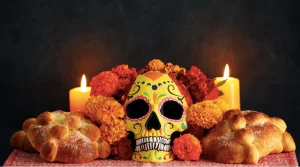

The infusion of Spanish Catholicism with indigenous customs gave rise to the unique celebration we know today as Día de los Muertos. This blend of cultures and traditions adds depth to the holiday’s historical roots.
What are Day of the Dead traditions?
Many people honor Day of Decreased by visiting the graves of dead relatives and loved ones. But instead of necessarily going to grieve, people either tidy up the graves and headstones or decorate them with flowers.
Some might pray, while others play music. The setting, complete with food, drinks, and music, is almost party-like. People gather together to tell each other tales about their loved ones, which preserves their memory.
La Catrina and Symbolism
There are parades and celebrations on this day in several Mexican cities. Many people may dress up and paint their faces to resemble naked skulls. In particular, women would dress up as La Catrina, the tall female skeleton who is frequently shown with an elaborate gown and a magnificent headdress that falls over her head.
Although characters like La Catrina have come to symbolize Día de los Muertos, the artist José Guadalupe Posada’s 1910 illustrations, which parodied the nation’s upper classes, are the source of the iconography. The union of comedy and tradition lends dimension to the celebration.
What are ofrendas?
Ofrendas are simply sacred alters. One of the most respected aspects of Day of the Dead ceremonies are the altars, or ofrendas. These altars are placed in homes, schools, and other public areas as a way to honor the deceased.
Family members top the altar with a large photo of the loved one, along with colorful papel picado, marigold petals, candles, and pan de muerto, a traditional Mexican sweet bread rooted in Aztec customs.
Skulls made of sugar, also commonly placed on ofrendas, allude to the ever-present nature of death. Salt, often placed in the shape of a cross, purifies the visiting souls. Families also place a container of water and sometimes tequila on the altars so souls can quench their thirst after their journey.
Personal Touch
These altars can also be deeply personal. Some families include the deceased’s favorite food or personal tokens from their lives, like a favorite book or a shirt. All of it honors the deceased in their return and acts as a means of remembering them. This personal touch brings an intimate and heartwarming element to the tradition.
Conclusion
Day of the Dead is, in essence, a Mexican custom observed on November 1st and 2nd to commemorate and mourn loved ones who have passed away. Observed in other regions of the world as well, this colorful celebration highlights the common human urge to honor the departed. It honors the deceased in a meaningful way by observing traditions like making ofrendas and cleaning cemeteries.
People gather to respect their ancestors and acknowledge the fragility of life, and La Catrina’s symbolism and the fusion of indigenous and Spanish Catholic elements provide complexity to this event. It’s a stunning illustration of the eternal power of love, remembering the past, and celebrating life despite death.

 English
English 

































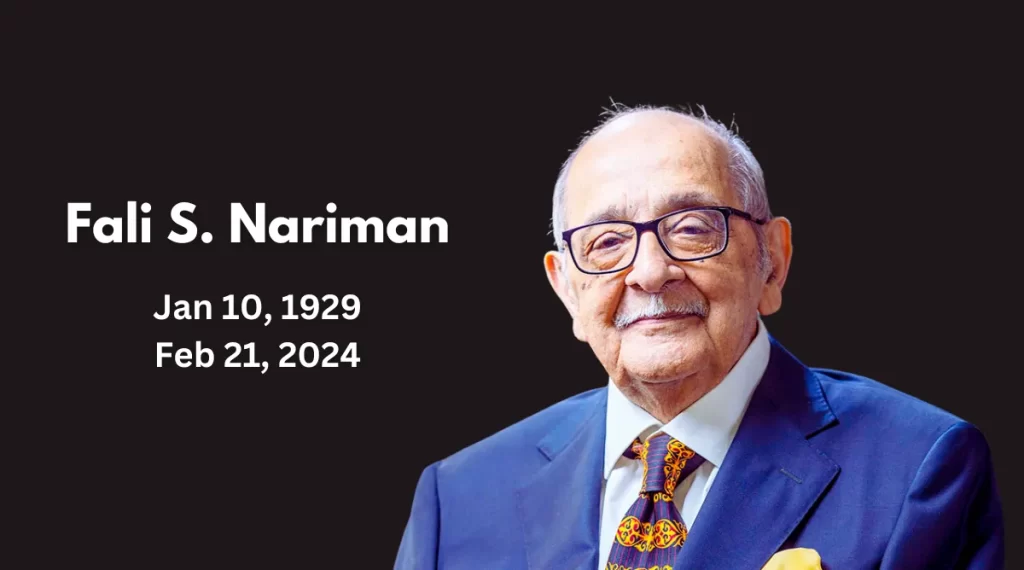

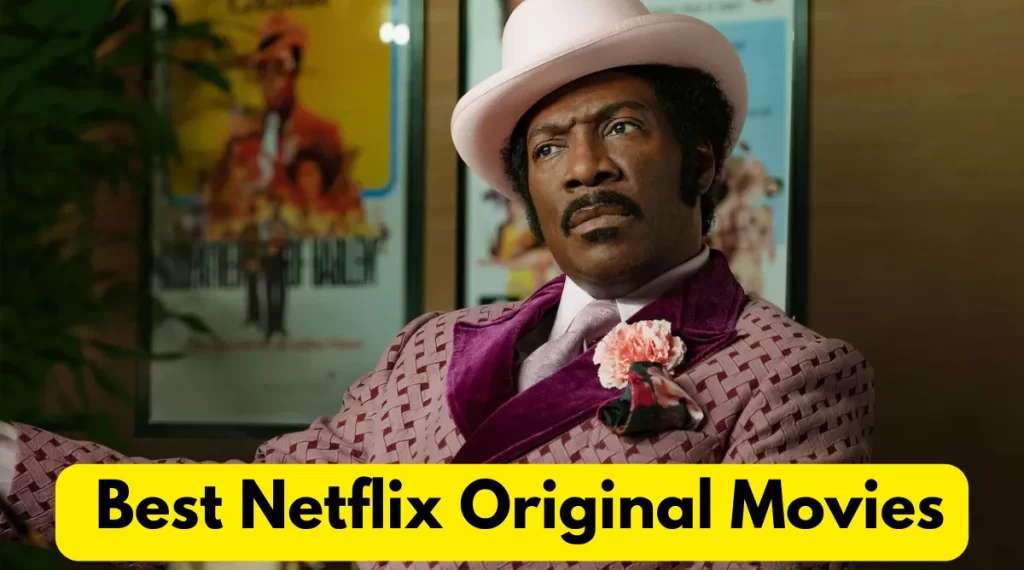







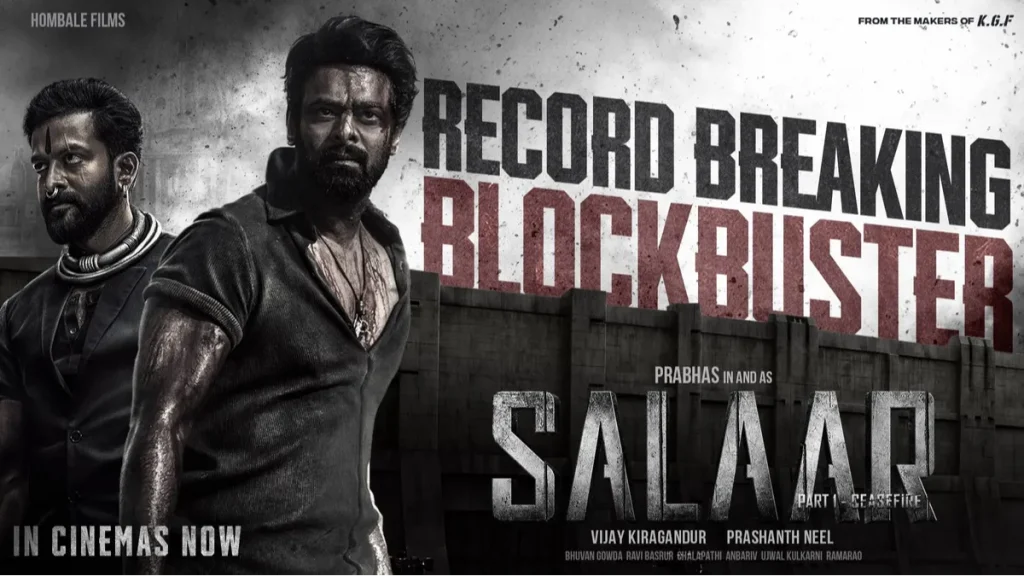










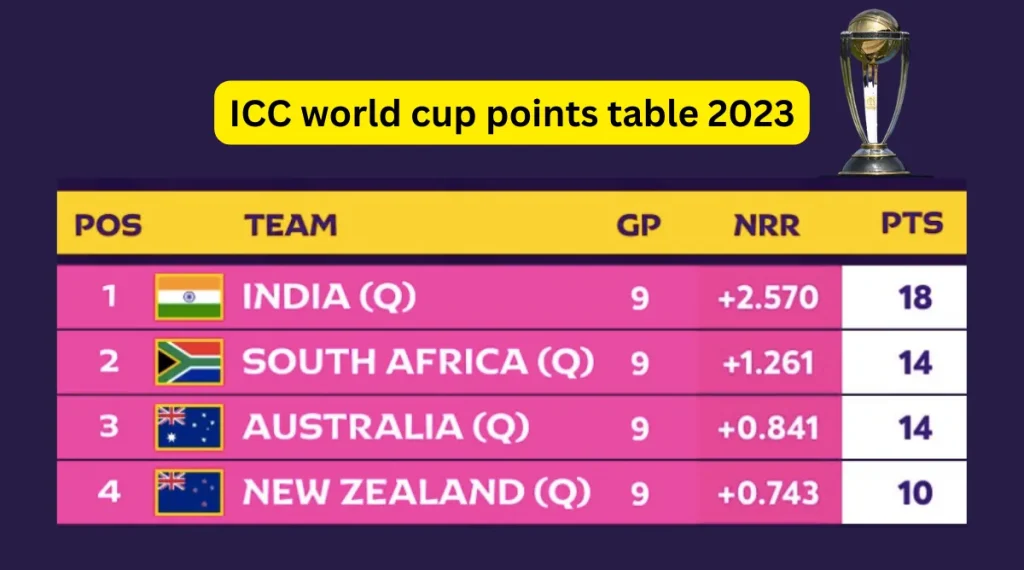

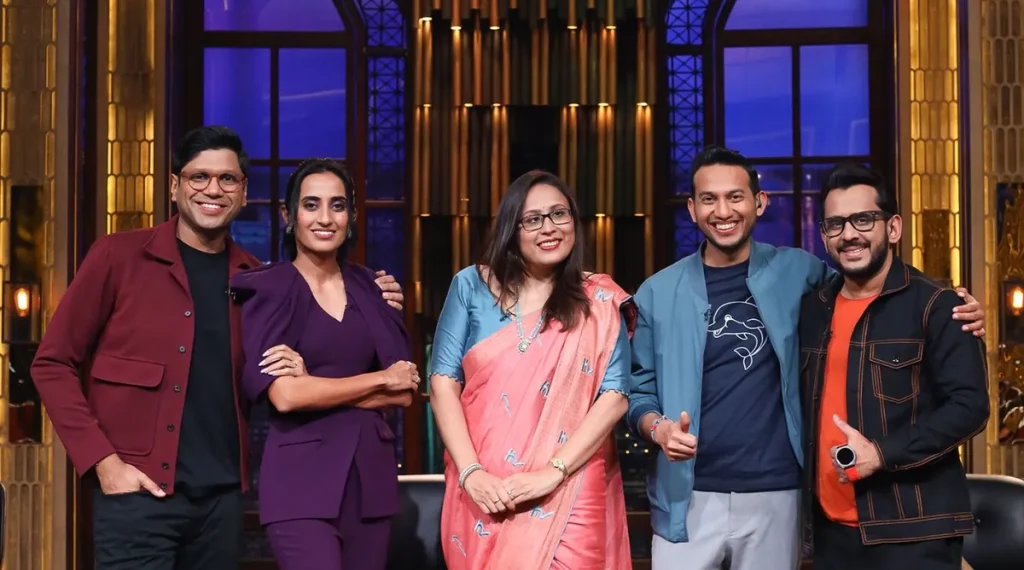



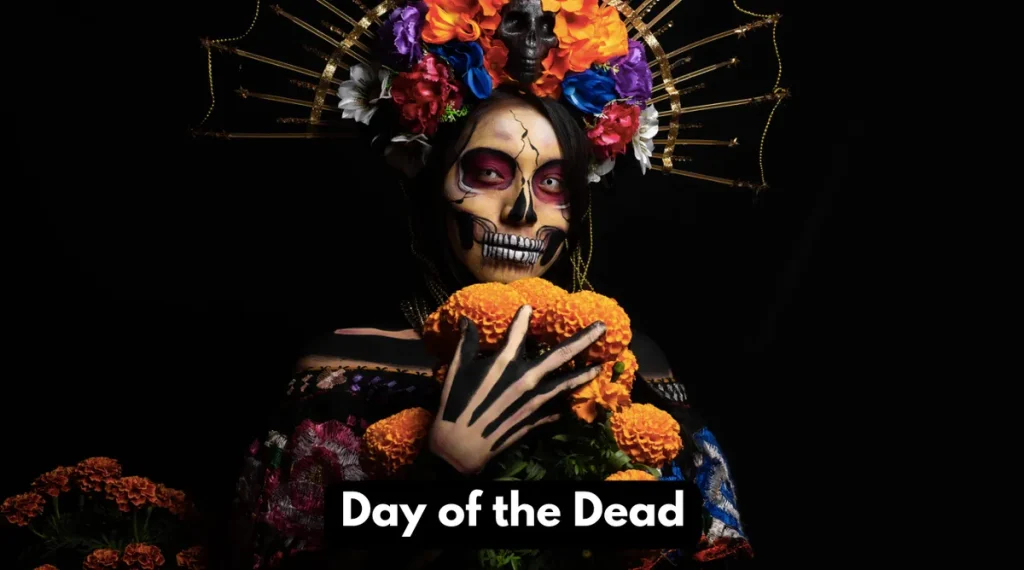













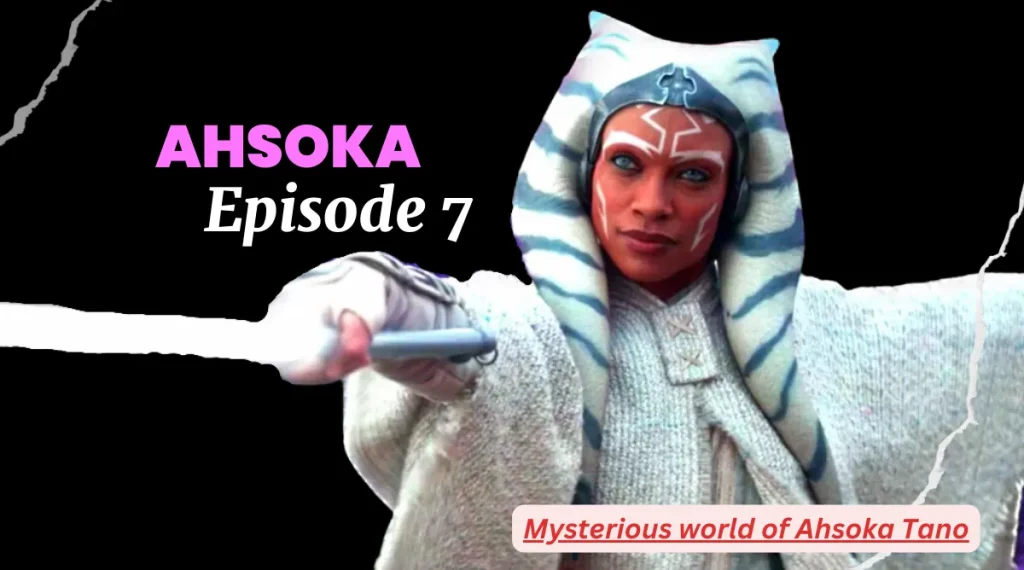



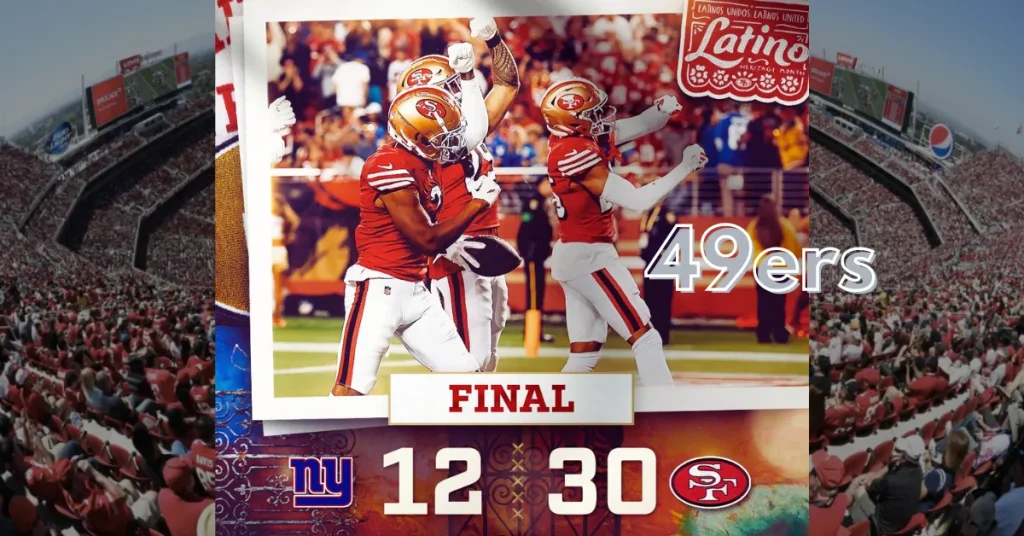














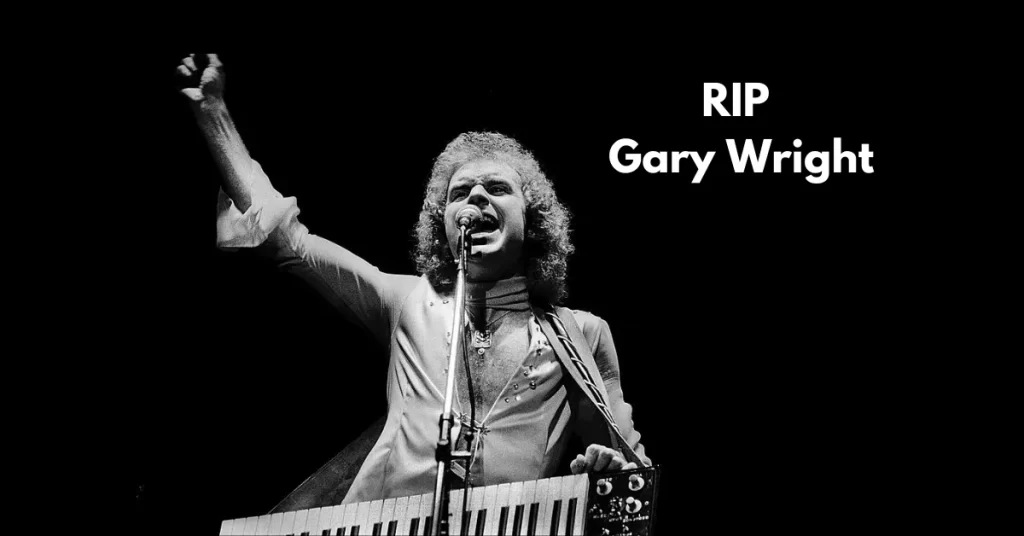












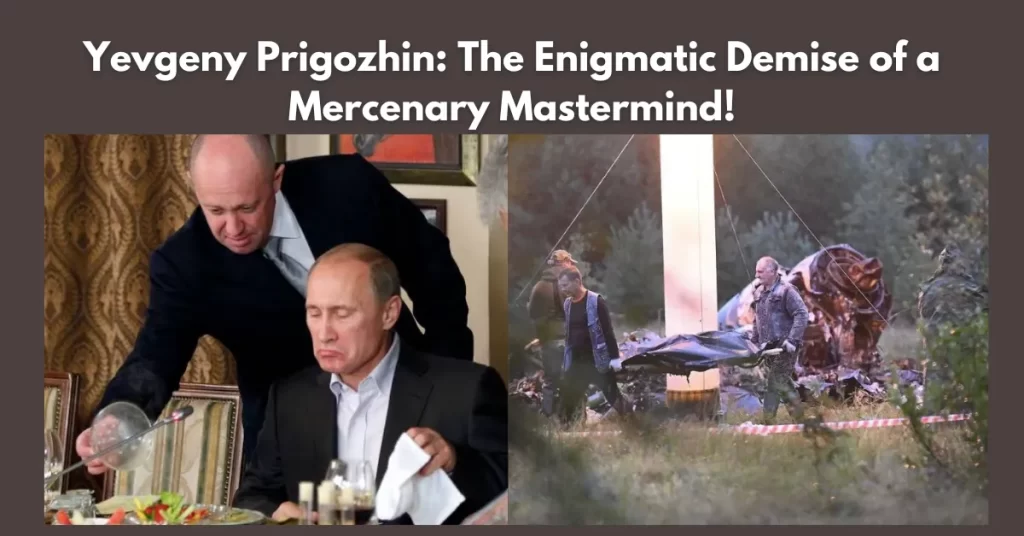
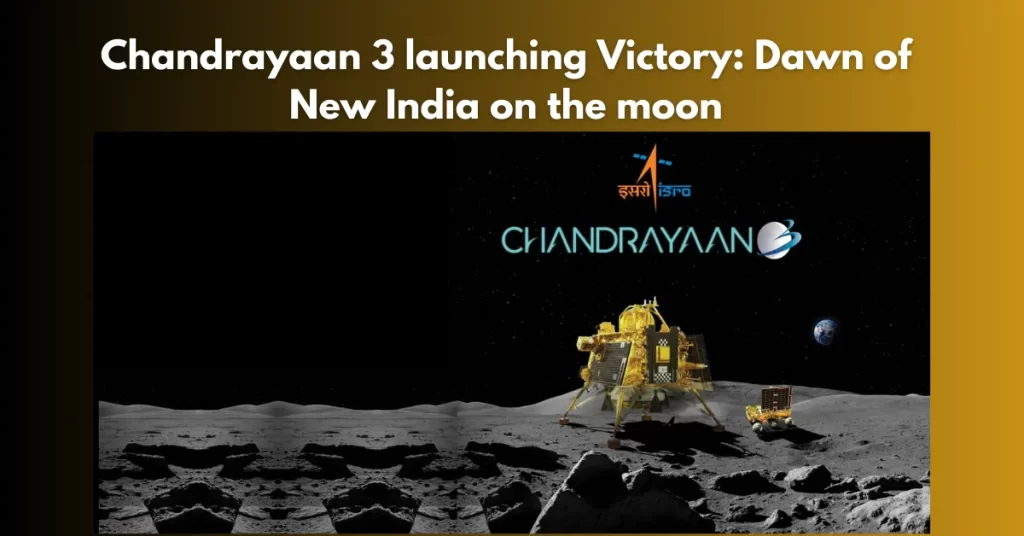

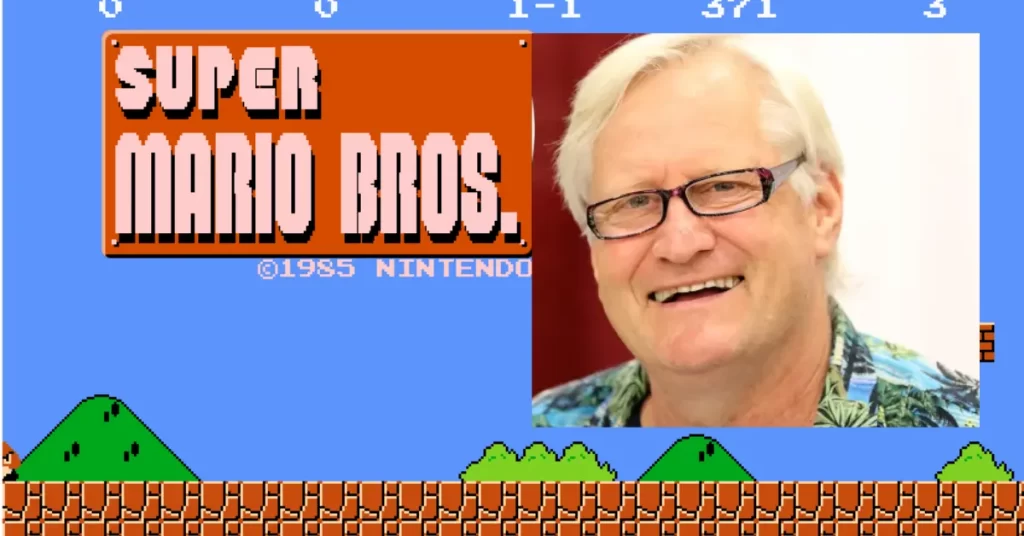

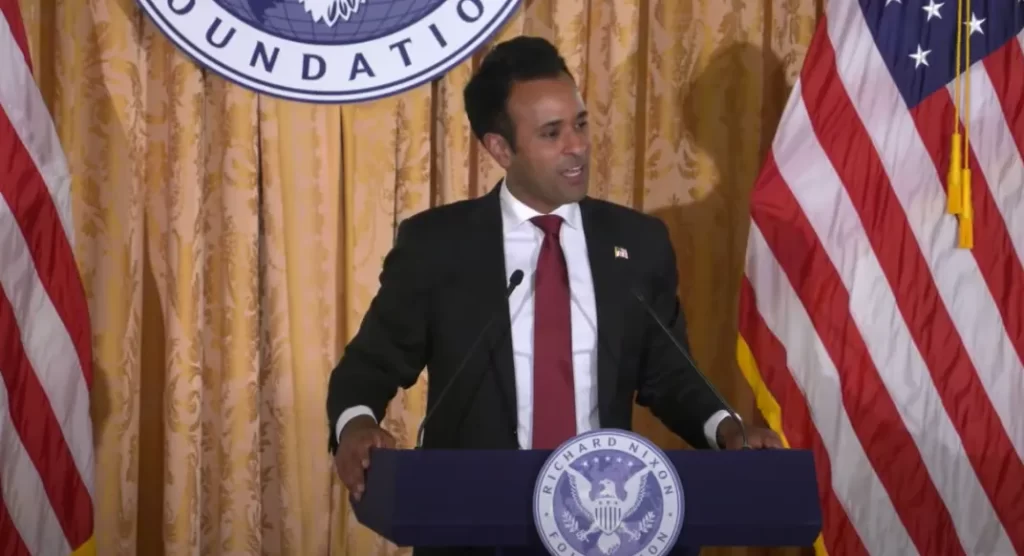















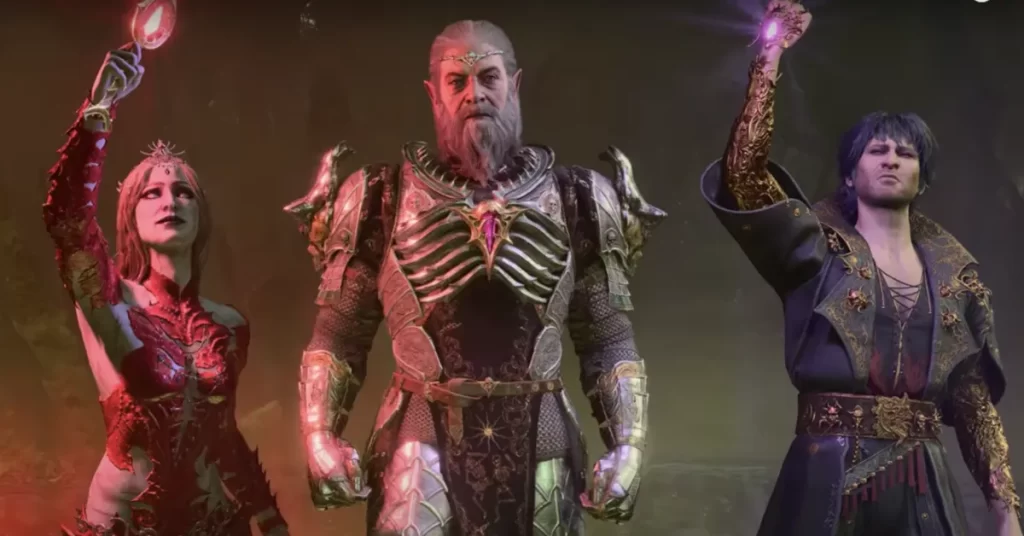




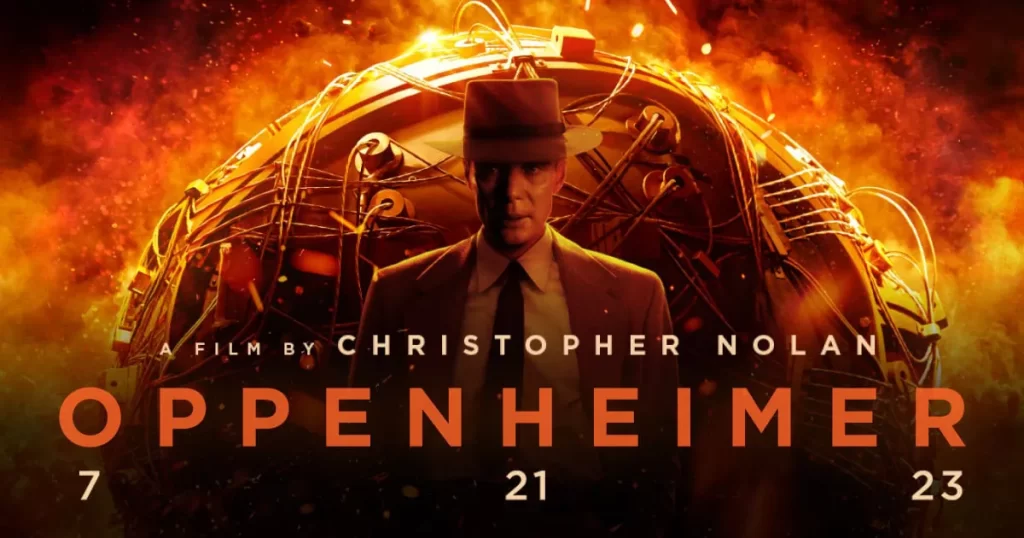










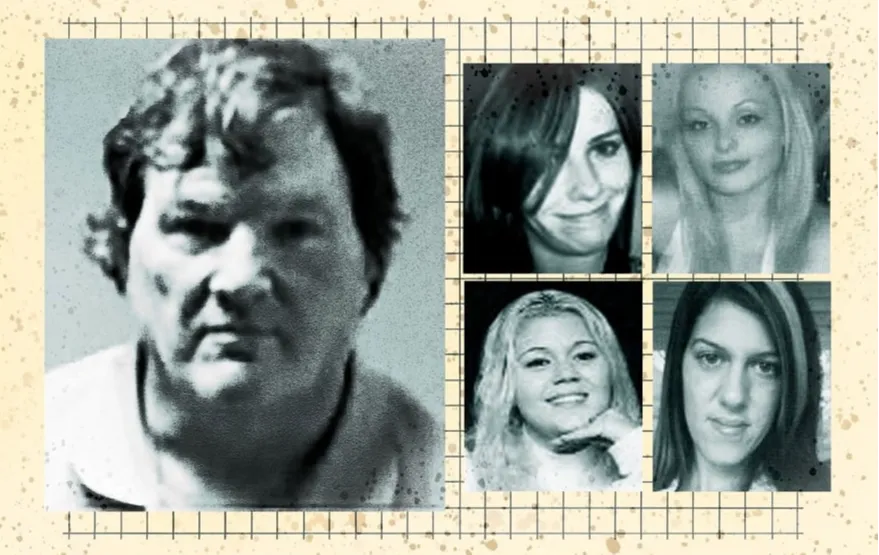











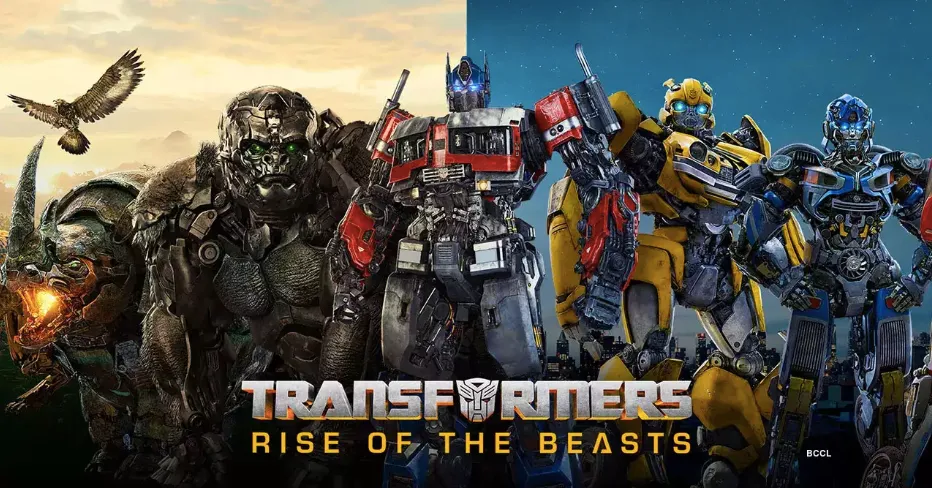



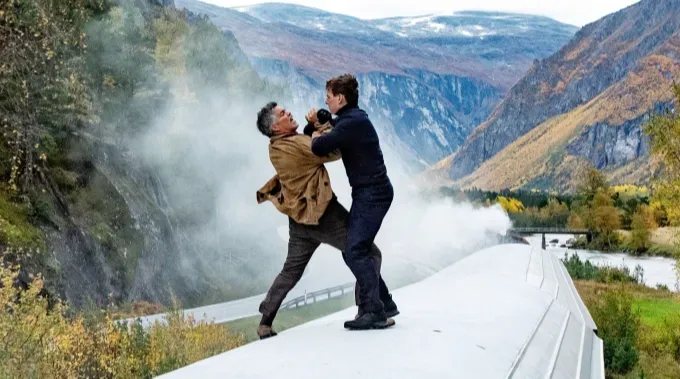
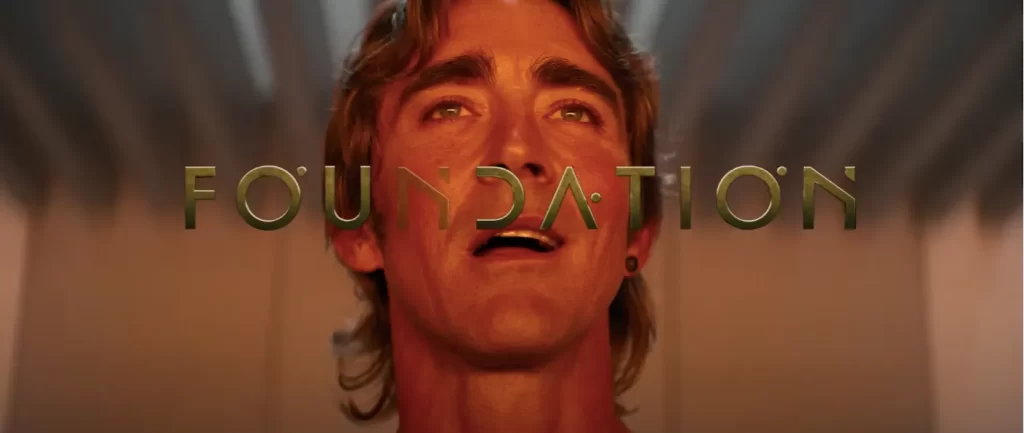














10 Best Horror Movies on Peacock: Spooky Movie Marathon for All
12th Jun 2024[…] Day of the Dead: Honoring Ancestry and Embracing […]